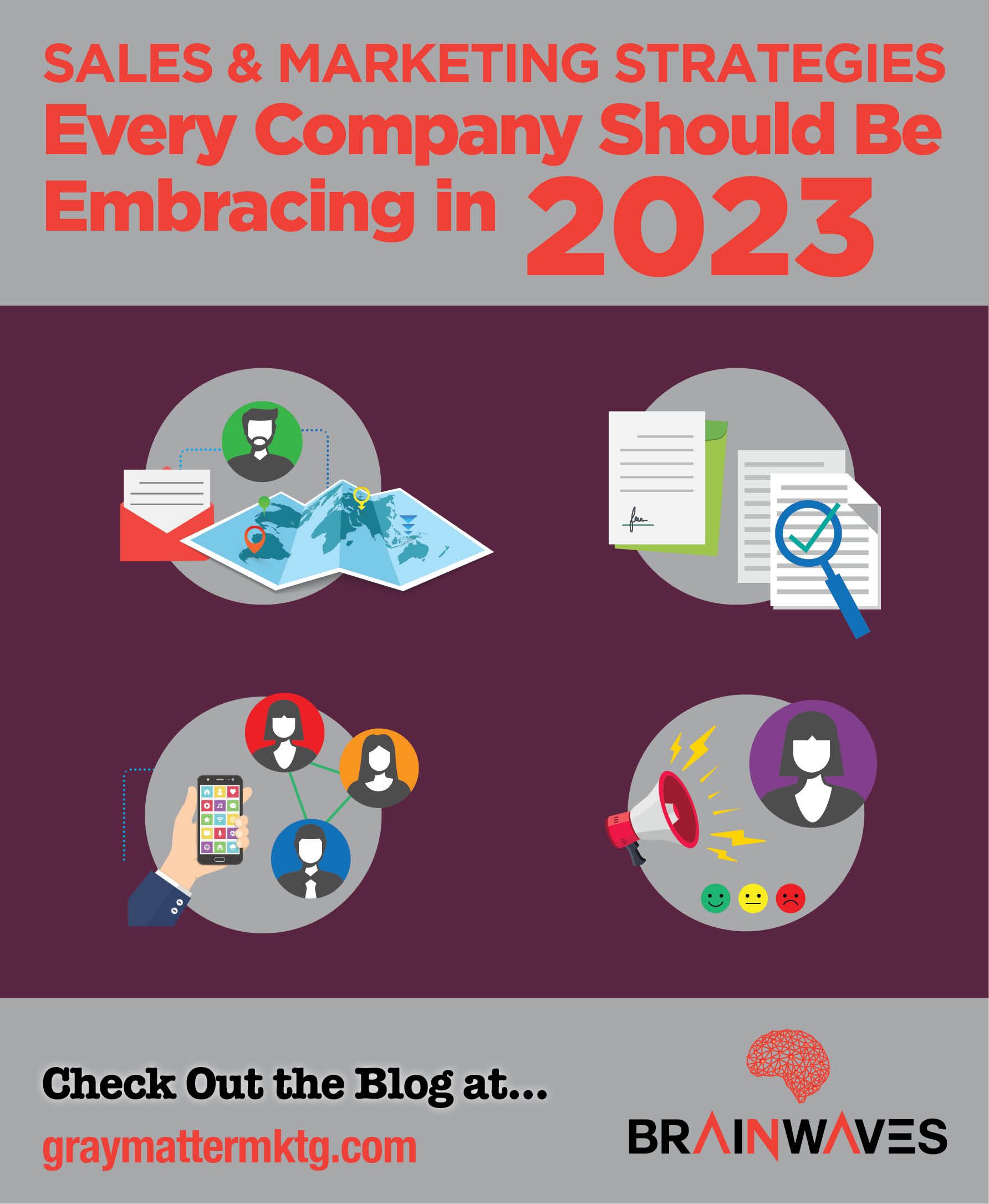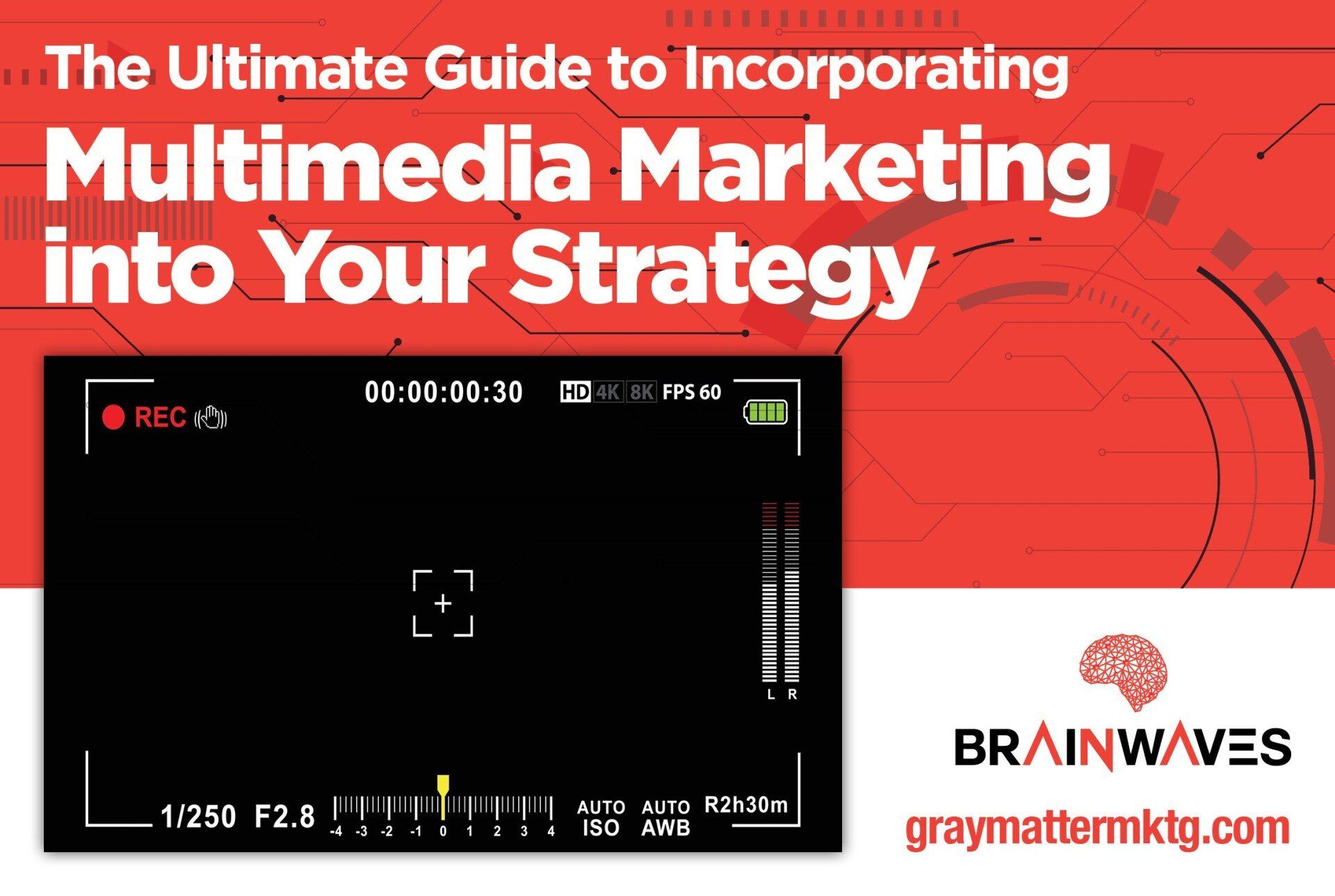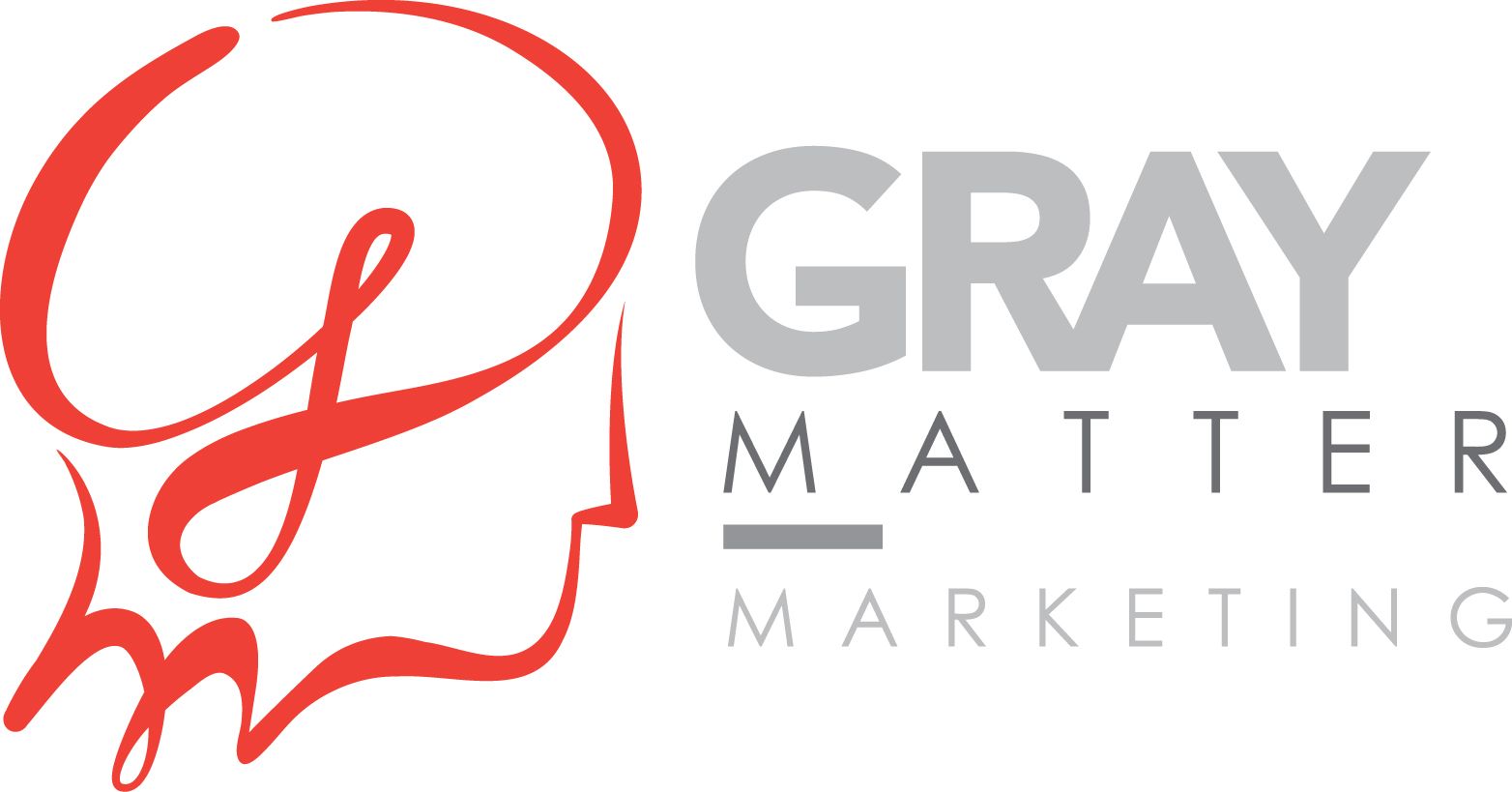Does Your Web Content Lead to Conversions? Six Ways to Identify Areas of Improvement
According to research by Ahrefs, more than 90% of all website content drives little to no traffic from search engines. This is quite a stark statistic given the time and money organizations put into creating and publishing content.
Some blog posts perform better than others and you can repurpose them because people are clearly interested in the topic. However, it should worry you when a big portion of your content receives no visits or drives little conversion.
There could be many reasons why web content may not deliver conversions as expected. The content’s quality may not be good enough. For instance, for highly sophisticated products, potential customers may need to understand how the product works or will solve their need. The web content should perform the role of informing and convincing potential clients. If the content is not good enough, conversions will be low.
Other potential reasons for poor performing content could be the UI/UX design of your website. Visitors should have an easy time interacting with web content no matter the device they are using. Third, poor on-page and off-page content optimization could hurt the website conversion rate. All these possible reasons mean that you need ways to continually improve the performance of the content.
What are the right questions to ask regarding your web content performance?
1. Questioning Your Goals
A major reason why some web content fails to make an impact is because the writer did not understand the purpose. Web content must always be developed with a clear goal in mind. Some content is meant to simply create awareness about a product or help educate the audience on how a product works. Naturally, the latter type of content will be more detailed. Its audience is further down the sales funnel and closer to making a purchase decision. The content should therefore have an appropriate call-to-action (CTA) to nudge the audience to make an inquiry.
When attempting to find areas of improvement, it’s important to consider why readers of your current web content may not be responding to a CTA. Have you made it easy to do so? For instance, if the CTA is to create an account and sign up for something, how fast is that process. A one-click signup process is far much more effective than a multi-step one.
You should also question whether your audience is suffering from banner blindness. This is a phenomenon where website visitors subconsciously ignore information that looks like an ad. Therefore, if all your CTAs are big buttons and banners, users might ignore them, which hurts your conversion rates. To get around this, you can switch some of the banner CTAs for anchor-text keywords. These are keywords you naturally use in the content you post. In fact, you can run an A/B test on both scenarios to determine whether indeed the audience ignores banners.
2. How Consistent Are You?
Next, you need to assess whether you have done enough to earn the audience’s trust. A higher trust index makes conversions easier. First-time visitors to your website may be unwilling to give up private information. The best way to earn trust on the web is to deliver high-quality content consistently. While setting goals, it’s important to have this in mind.
Do you have a calendar for your web content? A content calendar holds you accountable for how often you put out information. It also requires prior thinking about the type, topic, and length of content you want to put out.
3. Working with Professional Editors
Another way to identify areas of improvement is to work with a professional editor. People within your organization may have great content ideas, but they may not have the ability to write it in a way that’s attractive and effective enough for the audience. It’s ok to get some help—collaborate with a ghost writer to flesh out outlines into full-length posts. The other option would be to work with an editor to help achieve the right tone through the choice of words and writing style.
The other advantage of engaging an editing service is to help remove any errors in your web content that you may have missed juggling content writing with operational duties. There is always the temptation to hit the publish button immediately after you finish writing. However, it’s safer to let an editor review it. Minor errors on your website reflect badly on your brand. People will think that the carelessness in editing translates into the quality of goods and services the brand sells.
4. Checking for Outdated Content
Part of the reason web content may not be doing well is that it is outdated. Search engines try to give users the latest and most recent information based on their searches. Therefore, a post titled ‘The Best Budget Phones in 2018’ probably isn't as relevant as it was four years ago. It’s important to go through your web content every so often to review such content and update it for the current season. You should not just change titles, but you must be diligent enough to carry out proper research so that the content is indeed useful in today’s content. Updating past content takes a much shorter time than researching for a new post from scratch.
5. Are You Using Enough Visual Tools?
Another way to find areas to improve your content is to find opportunities to use more visual tools. These include images, charts, graphs, tables, and videos. Block content can be hard to read, especially when the content is 1,000+ words long. People have become accustomed to easy-to-snack content on social media and therefore you should emulate the same on your website.
You can use visual tools within a post or use them to repurpose a well-performing piece of content. For instance, a blog post can be summarized using an infographic and shared on social media with a link back to your website. You could do a two-minute video summarizing a blog post and use it to drive traffic to your posts. More visual tools on your content will increase engagement of your posts and ultimately improve conversion.
6. Are you Leveraging Customers to Build Trust?
Word-of-mouth referrals from existing customers will build trust with potential clients more quickly than any form of publicity campaign. As such, it may be useful to question how well you are leveraging the trust that current customers have in your product to win more customers. Some companies do this by including quotes from satisfied customers in the web content posted on the company’s website. But it may be more effective to find ways to get existing customers to share that content with their networks. This is why some content may have CTAs such as ‘share’ to maximize reach.
Excellent Web Content Is King
High-quality content is a gift that will keep on giving. It will build your brand as an authority in the sphere within which you publish. It can also win new leads and open opportunities such as speaking or writing engagements. A company that suffers from a high number of non-performing posts should look to find out the underlying reason.
With more than one million blog posts being published on the web every day, only the highest quality content will have a net positive return on the time invested. If your organization needs help in crafting a web content strategy, reach out to Gray Matter Marketing. We can help craft and implement a winning web content strategy.










